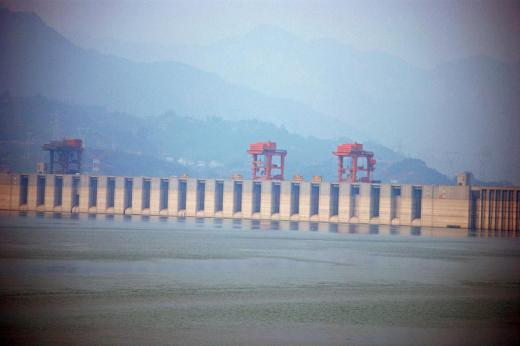What is Hydrodynamics?
Hydrodynamics is the study of liquids in motion. Specifically, it looks at the ways different forces affect the movement of liquids. A series of equations explain how the conservation laws of mass, energy, and momentum apply to liquids, particularly those that are not compressed.
Hydrodynamics is part of a larger field called fluid mechanics that studies how energy and forces interact with fluids, including gases and liquids. Fluid dynamics is a subset of that science that looks at these same materials when they are in motion. Aerodynamics is a further subset of fluid dynamics that specifically examines gases in motion, while hydrodynamics looks specifically at liquids in motion.

Hydrodynamics is largely used in engineering. Some studies focus primarily on the flow through pipes, and over various obstacles. This is very useful information for building structures that attempt to control or divert water flow in a controlled manner. Mathematical equations attempt to predict the rate of water flow through a pipe, which is a laminar, or uninterrupted, flow. They also try to predict with some level of accuracy the flow patterns of turbulent, or interrupted, flow as occurs with an object like a dam.

Marine hydrodynamics is another major practical application of the science. A hydrodynamic model uses the formulas found in the conservation laws to explain how and why water reacts to its environment, and vice versa. Before the computer age, most of these models were small scale recreations of real life scenarios. Today, hydrodynamic models are usually computer generated animations, or formulas that can be applied to those same real life conditions.
Hydrodynamic models look at conditions in the oceans and other bodies of water, and can predict various outcomes. Short term weather conditions can often be predicted by the actions of the ocean. The ecology of an area can also be forecasted using these models, since the most accurate models can show information like water level, salinity, currents, and temperature. Scientists can tell, for example, if aquatic plant life will grow favorably in the coming year. This is particularly helpful in areas like the gulf coast of the United States where plant life in the water has an impact on the severity of hurricanes.
AS FEATURED ON:
AS FEATURED ON:












Discussion Comments
Another interesting, if slightly more frivolous, use of hydrodynamics is in swimming.
Throughout the years, swimming has progressed from basic thrashing to prevent drowning to the elegant and highly technical sport it is today. A major reason behind the changes in technique that have come about in the past several years is the studied application of hydrodynamics to swimming.
Coaches and swimmers alike not only focus on strength, but also on where and how to apply pressure and force to the water in order to maximize speed and minimize water resistance to the swimmer's body.
As a former swimmer, I could go on forever about this, but I would be curious to know if there are similar unusual fields that have benefited from the application of hydrodynamics?
Post your comments